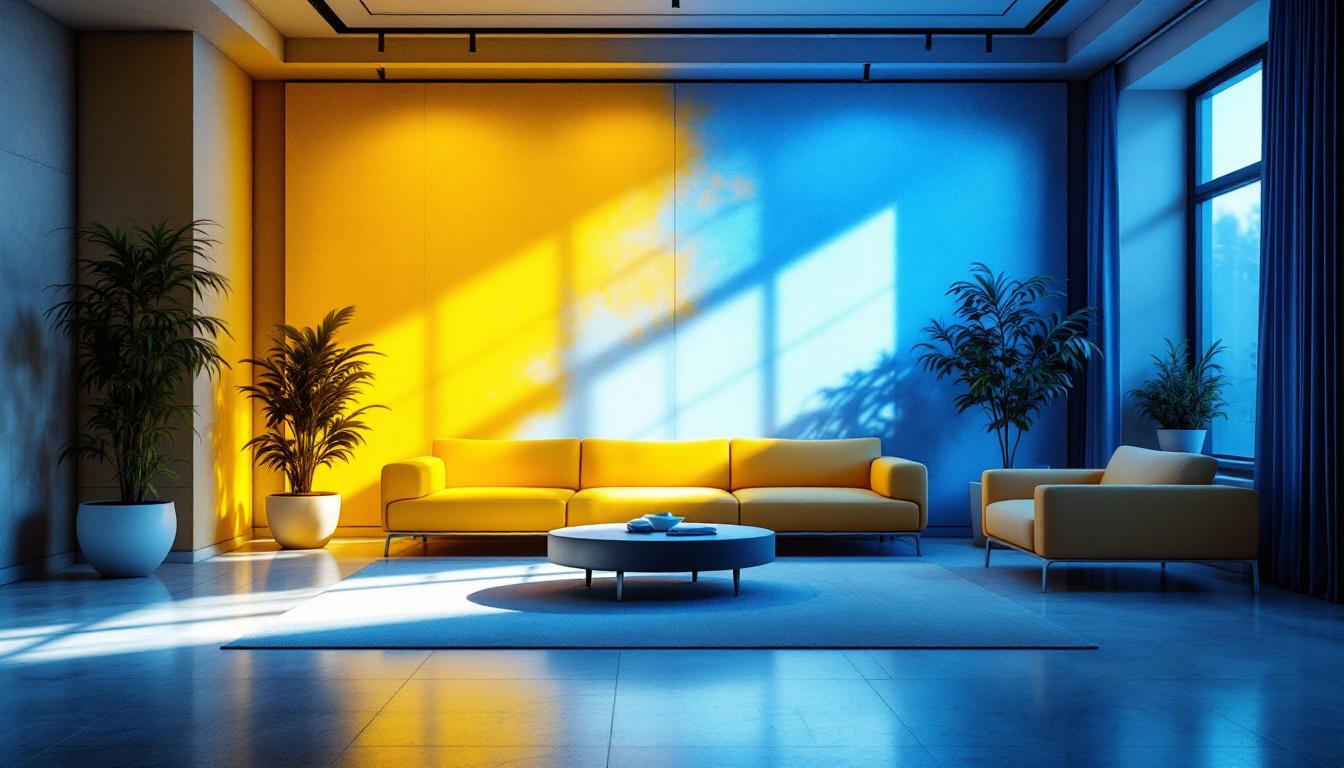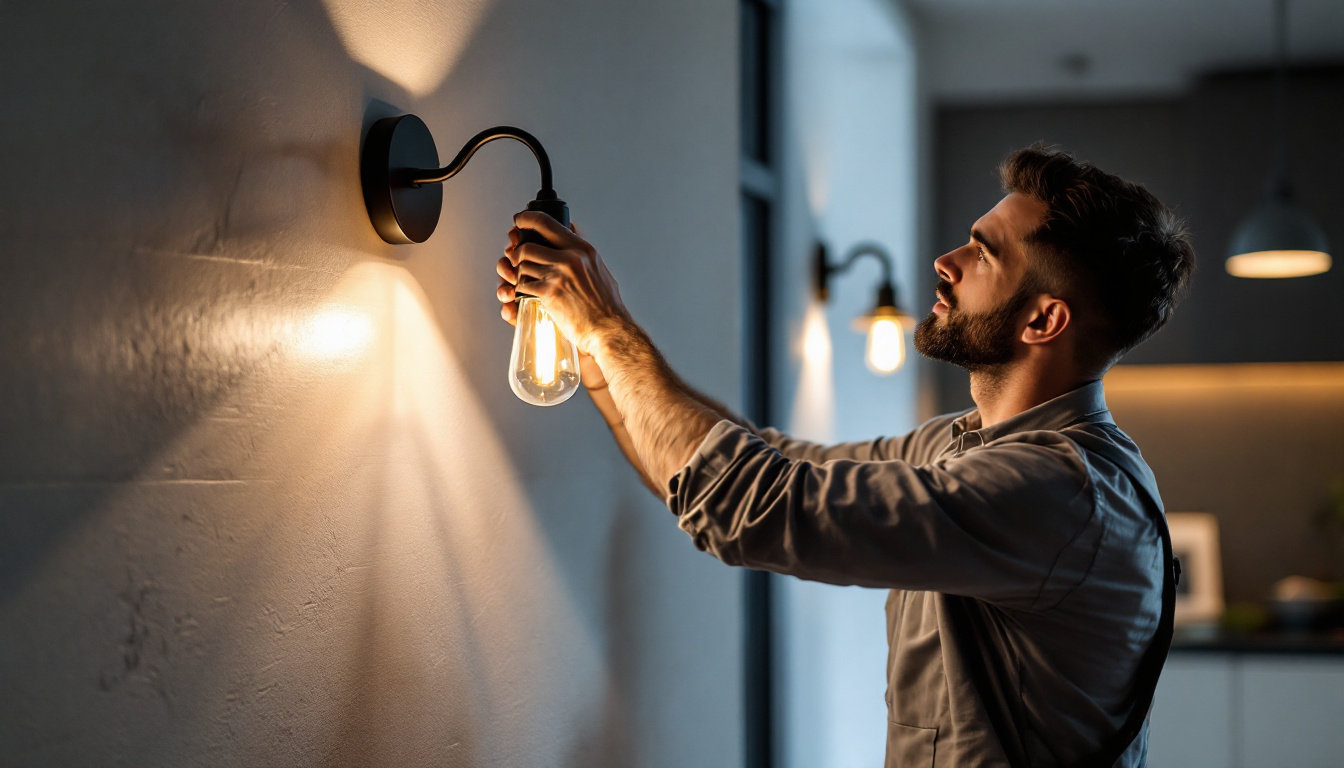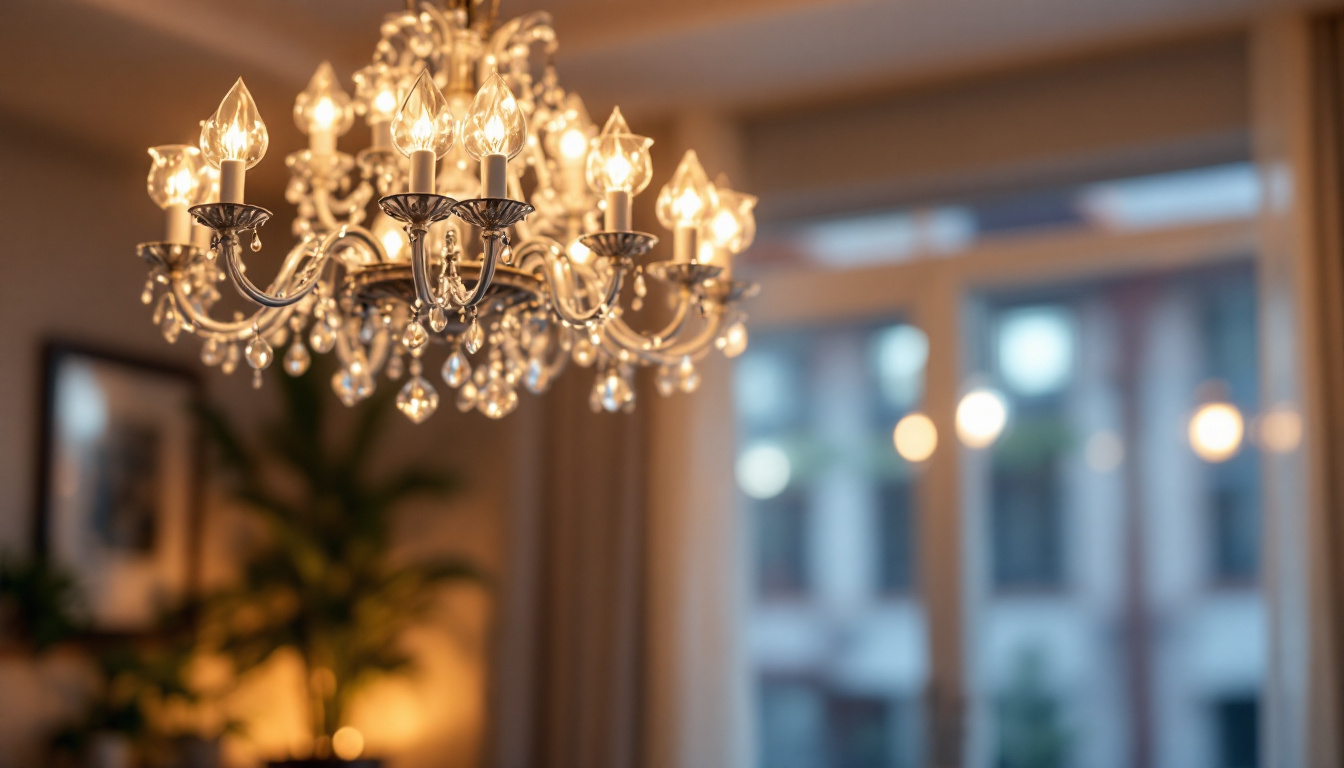
In the world of lighting design, understanding the difference between direct and indirect light is crucial for lighting contractors. Each type of lighting serves distinct purposes and can significantly impact the aesthetics and functionality of a space. This article delves into the nuances of direct and indirect lighting, exploring their applications, benefits, and considerations for contractors.
Direct light is characterized by its ability to illuminate a specific area or object with minimal diffusion. It is often achieved through fixtures such as spotlights, downlights, and task lighting, which focus the light in a concentrated beam. This type of lighting is particularly effective for highlighting features, creating dramatic effects, and providing the necessary illumination for tasks that require precision.
Direct light finds its place in various settings, from residential homes to commercial spaces. In residential areas, it is commonly used in kitchens and workspaces where clear visibility is essential. For instance, under-cabinet lighting provides direct illumination for countertops, making food preparation safer and more efficient. Additionally, in home offices, desk lamps designed to emit direct light can help reduce eye strain during long hours of work, ensuring that productivity remains high.
In commercial environments, direct lighting can enhance the visibility of products in retail settings. Spotlighting merchandise or using track lighting can draw attention to specific items, encouraging customer engagement. Furthermore, direct light can be utilized in galleries and museums to highlight artwork, creating a captivating visual experience. The strategic placement of lights can guide visitors through the space, allowing them to appreciate the details of each piece while also setting the mood of the exhibition. This thoughtful use of lighting not only enhances the aesthetic appeal but also enriches the overall visitor experience.
The primary advantage of direct lighting is its ability to provide focused illumination. This is particularly beneficial in areas where tasks are performed, as it reduces shadows and enhances visibility. Furthermore, direct light can create a sense of drama and emphasis, making it an excellent choice for accentuating architectural features or artwork. For example, a well-placed spotlight can transform a simple sculpture into a striking focal point, inviting viewers to engage more deeply with the piece.
Another benefit is the ease of control. With dimmers and adjustable fixtures, contractors can tailor the intensity of direct lighting to meet the specific needs of a space. This flexibility allows for dynamic lighting solutions that can adapt to different activities and moods throughout the day. Moreover, modern advancements in smart lighting technology enable users to program their lighting systems to change automatically based on the time of day or specific events, further enhancing the functionality of direct light in both residential and commercial settings. This level of customization not only improves the usability of a space but also contributes to energy efficiency, as lighting can be adjusted to suit real-time needs without unnecessary waste.
In contrast, indirect light is diffused and scattered, providing a softer illumination that fills a space without harsh shadows. This type of lighting is often achieved through fixtures that bounce light off walls, ceilings, or other surfaces. Indirect lighting creates a more ambient atmosphere, making it ideal for relaxation and socialization. Unlike direct light, which can create stark contrasts and highlight imperfections, indirect light envelops a room in a gentle glow, fostering a sense of tranquility and comfort.
Indirect lighting is widely used in both residential and commercial settings to create a warm and inviting ambiance. In living rooms and bedrooms, it can enhance comfort by providing a gentle glow that encourages relaxation. Fixtures such as wall sconces and cove lighting are popular choices for achieving this effect. Moreover, the strategic placement of indirect lighting can accentuate architectural features, such as crown moldings or textured walls, adding depth and character to the space.
In commercial spaces, indirect lighting can contribute to a more welcoming environment. Restaurants and cafes often employ this type of lighting to create a cozy atmosphere that encourages patrons to linger. The soft illumination can also enhance the presentation of food and drinks, making them more visually appealing. Additionally, indirect lighting can be beneficial in offices, promoting a calm and focused work environment without the harshness of direct light. By using indirect lighting in collaborative spaces, businesses can foster creativity and communication among employees, as the gentle glow encourages interaction without overwhelming the senses.
The primary benefit of indirect lighting is its ability to create a soft, even illumination that enhances the overall atmosphere of a space. This type of lighting reduces glare and minimizes harsh shadows, making it more comfortable for occupants. Furthermore, it can help to visually enlarge a space, as the diffused light bounces off surfaces and creates a sense of openness. This quality is particularly advantageous in smaller rooms or areas with low ceilings, where direct lighting might feel oppressive or constricting.
Indirect lighting is also versatile and can be used in conjunction with direct lighting to achieve a balanced lighting design. By layering both types of lighting, contractors can create dynamic environments that cater to various activities and moods throughout the day. For instance, a living room can transition from a bright, vibrant space for entertaining guests to a soothing, intimate setting for movie nights simply by adjusting the balance of direct and indirect light. Additionally, incorporating smart lighting solutions allows for further customization, enabling users to control the intensity and color temperature of their lighting to suit their needs at any given moment.
When selecting between direct and indirect lighting, several factors must be considered. The intended use of the space, the desired atmosphere, and the specific tasks performed within the area all play a role in determining the most suitable lighting solution. Understanding these factors can help contractors make informed decisions that align with their clients’ needs.
The first step in choosing the right type of lighting is to assess the space. Consider the layout, color scheme, and existing architectural features. In smaller or darker rooms, indirect lighting may be more effective in creating a sense of openness and warmth. Conversely, larger spaces may benefit from direct lighting to ensure adequate illumination.
Additionally, consider the function of the space. Areas where tasks are performed, such as kitchens or workspaces, typically require direct lighting for optimal visibility. In contrast, spaces designed for relaxation or social interaction may benefit from the softer ambiance created by indirect lighting. For example, a cozy reading nook might thrive under the gentle glow of indirect light, while a home office demands the clarity provided by direct sources.
One of the most effective strategies for lighting design is the combination of direct and indirect lighting. By layering these two types of lighting, contractors can create a balanced and versatile environment. For instance, using direct lighting for task areas while incorporating indirect lighting for overall ambiance can enhance both functionality and comfort.
Moreover, this combination allows for greater flexibility in adjusting the lighting to suit different activities. Dimmers can be employed to modify the intensity of both direct and indirect light, enabling users to create the perfect atmosphere for any occasion. Additionally, the use of smart lighting technology can further enhance this adaptability, allowing users to control their lighting remotely or set schedules for different times of day. This not only contributes to energy efficiency but also ensures that the lighting can seamlessly transition between various moods, from vibrant and energetic during the day to soft and calming in the evening.
Incorporating decorative elements such as pendant lights or wall sconces can also enrich the lighting experience. These fixtures can serve as focal points while providing both direct and indirect light, adding depth and character to the overall design. Furthermore, the choice of light bulbs—whether warm or cool—can significantly impact the feel of the space, influencing everything from productivity levels to relaxation. Thus, understanding the interplay between different lighting types and their effects on mood and functionality is crucial in creating an inviting and effective environment.
For lighting contractors, understanding the implications of direct and indirect lighting is essential for successful project execution. Knowledge of the benefits and applications of each type of lighting can enhance the contractor’s ability to meet client expectations and deliver high-quality results.
Effective communication with clients is paramount. During the initial consultation, contractors should engage clients in discussions about their preferences, needs, and the intended use of the space. This information will guide the selection of appropriate lighting types and fixtures, ensuring that the final design aligns with the client’s vision.
Additionally, educating clients about the differences between direct and indirect lighting can help them make informed decisions. Providing examples and visual aids can facilitate discussions and enhance understanding, ultimately leading to a more satisfying outcome.
Staying updated on the latest trends and technologies in lighting design is crucial for contractors. Advances in LED technology, for example, have revolutionized both direct and indirect lighting options. Understanding how to leverage these advancements can enhance the quality and efficiency of lighting installations.
Moreover, being aware of energy-efficient solutions can benefit both contractors and clients. Many clients are increasingly concerned about sustainability and energy consumption, making it essential for contractors to offer eco-friendly lighting options that do not compromise on quality.
In conclusion, the distinction between direct and indirect lighting is fundamental for lighting contractors. Each type serves unique purposes and offers distinct benefits that can significantly influence the atmosphere and functionality of a space. By understanding the applications, advantages, and considerations of both direct and indirect lighting, contractors can create tailored solutions that meet their clients’ needs effectively.
Ultimately, the successful integration of direct and indirect lighting not only enhances the aesthetic appeal of a space but also contributes to the overall experience of its occupants. As the demand for innovative and versatile lighting solutions continues to grow, lighting contractors must remain informed and adaptable, ensuring they provide the best possible service to their clients.
Ready to elevate your lighting designs with the perfect balance of direct and indirect lighting solutions? At LumenWholesale, we provide lighting contractors with an exceptional range of high-quality, spec-grade lighting products at the best wholesale prices. Our commitment to cutting out the middleman means you get the superior lighting you need for your projects, without the inflated markups. With our extensive selection that meets the highest industry standards, you can trust that your lighting installations will be reliable and high-performing. Plus, with the convenience of free shipping on bulk orders, you can enjoy premium lighting solutions at the best value — without hidden fees or compromises. Don’t settle for less; choose LumenWholesale for quality, affordability, and convenience. Wholesale Lighting at the Best Value is just a click away.

Discover how light sconces are revolutionizing the lighting industry by enhancing efficiency for contractors.

Discover expert tips on optimizing chandeliers for maximum lighting efficiency.

Discover how used light poles for sale near you can cut project costs by up to 30%, boost efficiency, and ensure quality for lighting contractors.

Discover essential insights into grow lights tailored for lighting contractors.